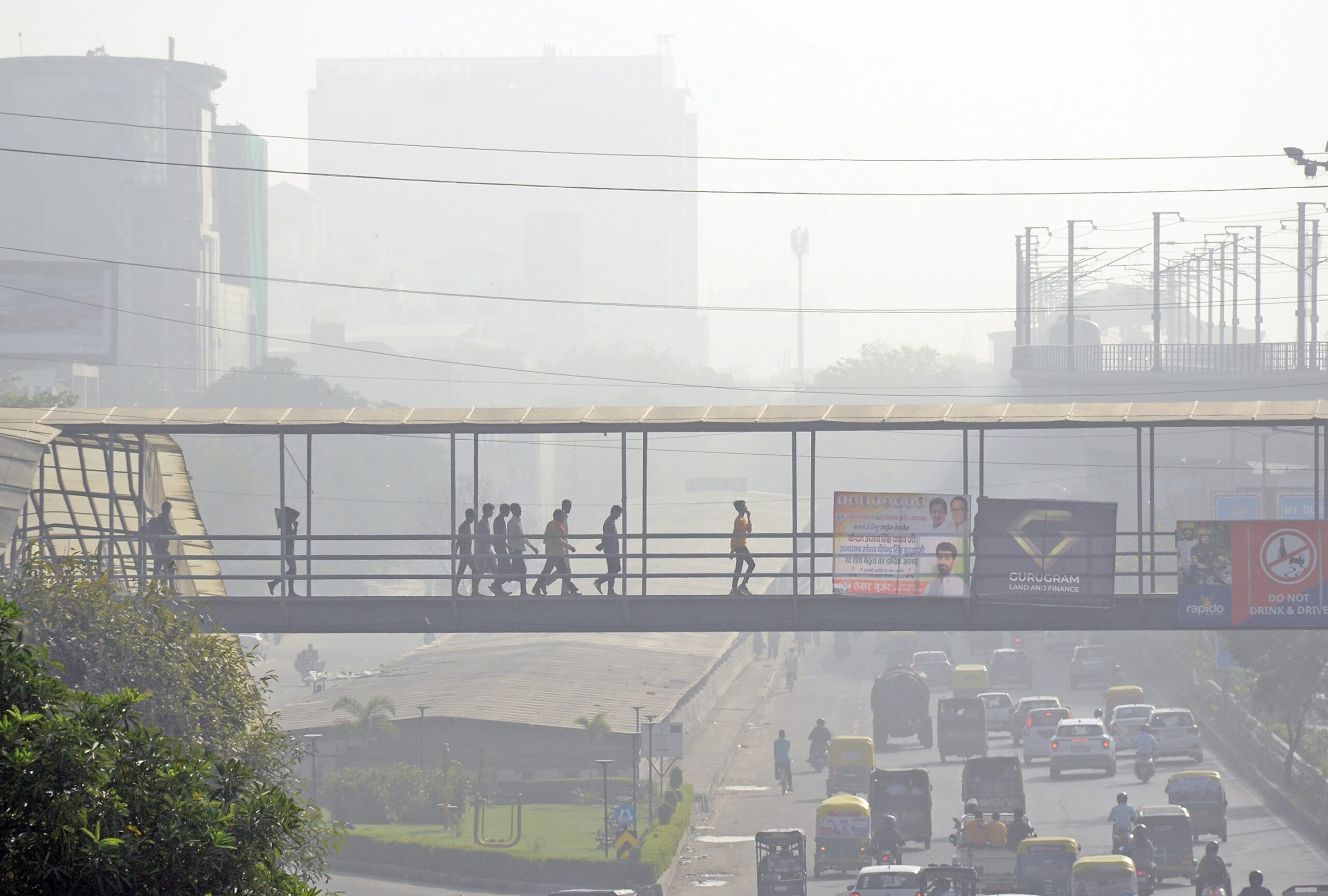


It’s that time of the year when a deadly grey shroud descends on the whole of Delhi-National Capital Region. In this gas chamber of sorts, as residents grapple with deteriorating health conditions, the response from the local authorities is limited to imposing a ban on the entry of different categories of heavy vehicles into the city, making students study online, apart from banning the sale and use of firecrackers, among others.
The latest step is to impose the odd-even rule where cars with odd and even numbers will be allowed to ply on odd and even days, even though there is no scientific evidence that this will help mitigate Delhi’s pollution woes. All these are knee-jerk responses to tackle a crisis that has gone out of hand and needs a long-term solution.
Delhi is polluted throughout the year and taking various measures 365 days a year, could have kept the air relatively clean and not even the November fumes from Punjab would have been able to push the national capital to the brink. Which brings us to Punjab—the state at the centre of this “burning” problem.
But for a mid-November Diwali, Delhi’s pollution would have been blamed on Diwali this year too, even though some are blaming this state of affairs on Dussehra. As if a “handful” of Ravana effigies burnt in the whole of Delhi-NCR can push the region into this hellhole for days. Meanwhile, Punjab is breaking all records of stubble burning. Just on a single day, specifically Sunday, Punjab recorded 3,230 cases of farm fire, pushing the total count to over 17,000 this season, of which over 11,000 took place in the last seven days.
But then Punjab has been burning the remnants of rice crops to prepare the fields for sowing wheat for a long time. Burning is the cheapest way of taking care of the stubble. What changed in little over a decade that Punjab’s deadly smoke started enveloping Delhi? Before 2009, stubble burning was done in September and early October, with the smoke from that fire staying confined to Punjab because of wind patterns.
In September, early October, when it’s monsoon or monsoon is retreating, wind into Delhi comes from the west. But towards the end of October, and in November, the wind starts coming from the north—from Punjab and the Himalayas, which carries the smoke laden air to Delhi.
This change took place because in 2009 the Punjab government passed the Punjab Preservation of Subsoil Water Act, apparently to preserve groundwater, but thus delaying the paddy cultivation and harvesting season by a few weeks. This delay in cultivation and subsequent harvesting and stubble burning resulted in smoke from Punjab engulfing Delhi.
However, hypothetically speaking, even if the harvesting cycle is restored, the environmental hazard remains, although confined only to Punjab. But, sadly, vote bank politics does not allow governments cutting across party lines, particularly in agrarian states, to take even bare minimum action against farmers who burn stubble.
Lack of awareness is also a major problem. Experts say that the extensive use of the bio-decomposer technology developed by the Indian Council of Agricultural Research could have taken care of crop remnants, as stubble could have been decomposed to become manure. However, media reports suggest that either Punjab’s farmers are unaware of this technology or are unwilling to use it.
The unwillingness is primarily because implementing this technology, even if subsidised by the Central and state governments, would require some investment on the part of the farmers. The bio-decomposer technology is one of the measures suggested by the Central government’s Commission on Air Quality Management in NCR and Adjoining Areas (CAQM), which has developed an action plan for effective prevention and control of stubble burning.
CAQM’s crop residue management policy involves putting paddy straw to use in several ways, including in biomass power projects or even as packaging materials. The problem is in implementation by the respective state governments. For example, the current Punjab government, which had promised to give free bio-decomposers to farmers, did not do so when they came to power; and now media reports say that the state government is saying that the technology is not suitable for Punjab’s soil.
The solution, experts say would also require Punjab’s farmers to get out of their excessive dependence on the paddy crop, which is easy to grow, gives good returns but is consuming the state’s groundwater, apart from producing millions of tonnes of stubble every year, a large part of which ends up getting burnt. But that will require fundamental changes in the harvesting practices of Punjab’s farmers, and is a difficult task to achieve.
A comprehensive approach is needed to tackle the issue of air pollution, where systemic changes have to be made, which is impossible until and unless there is political will and consensus. Tackling pollution is a year-round work, and has to be taken up on a war footing because lives of millions of people are at stake. People are a priority here, not politics.